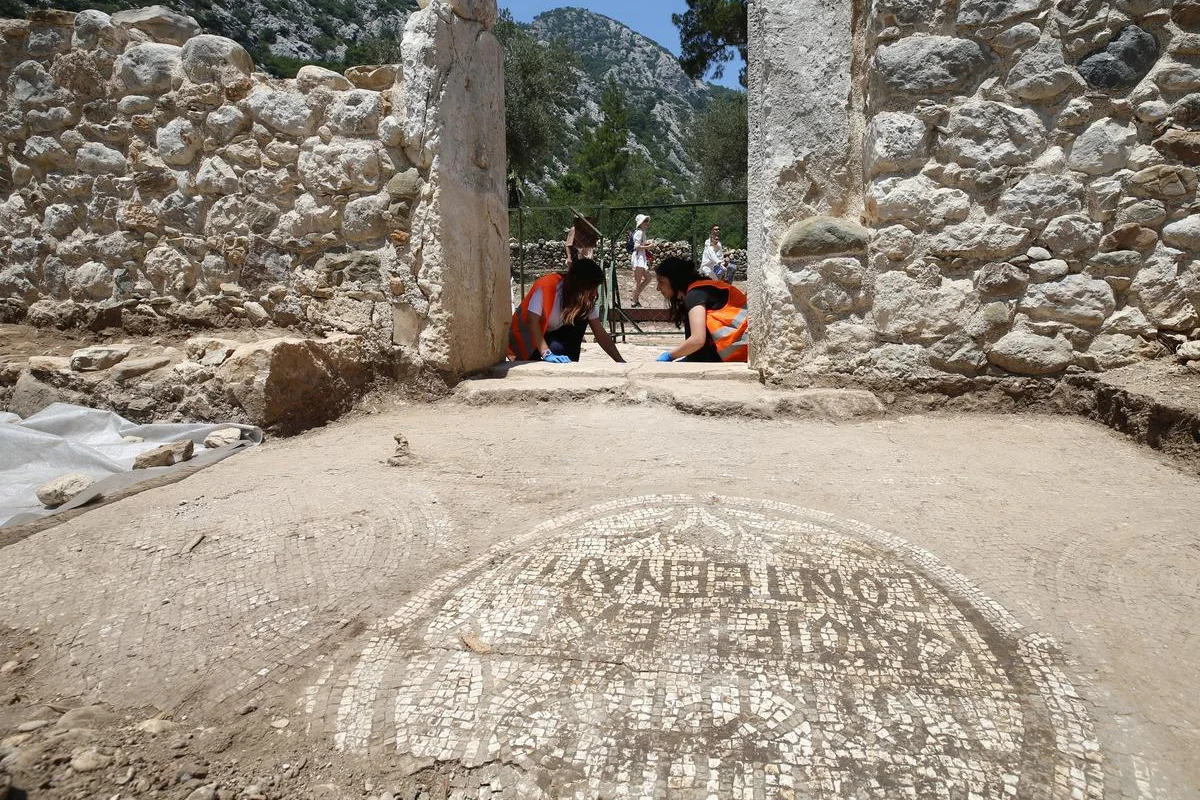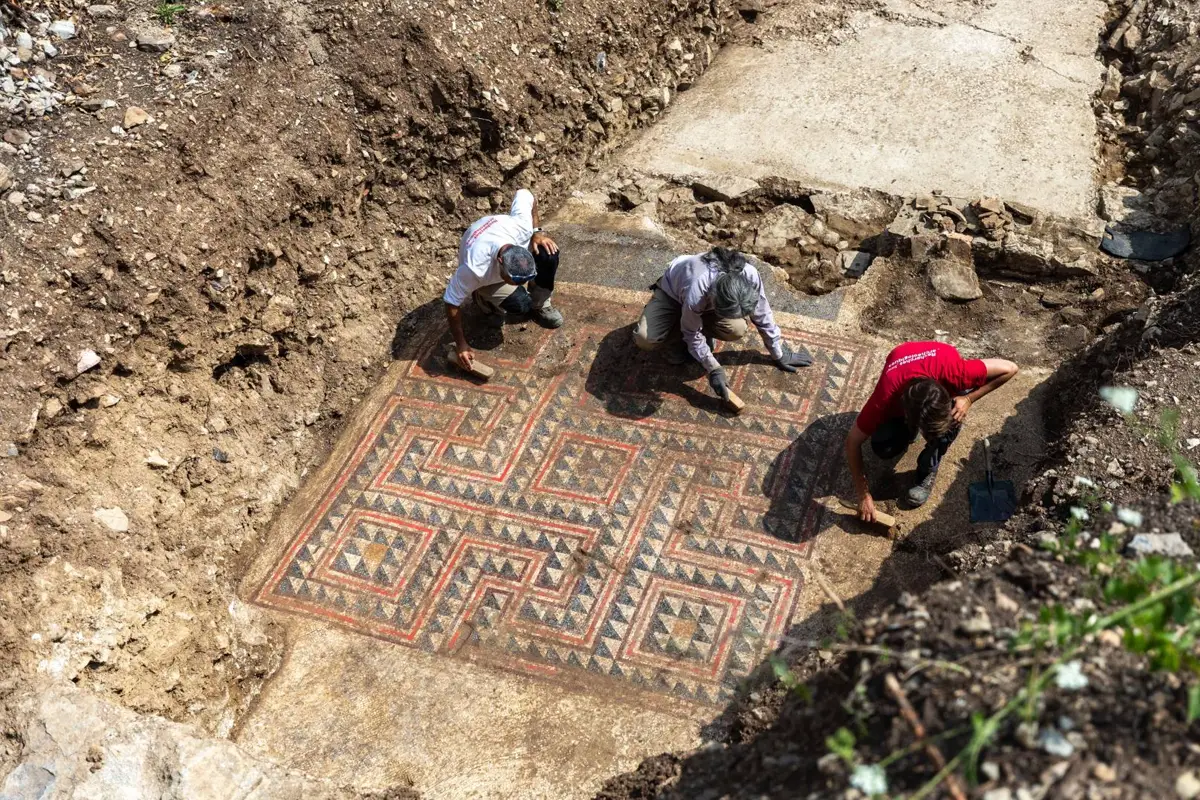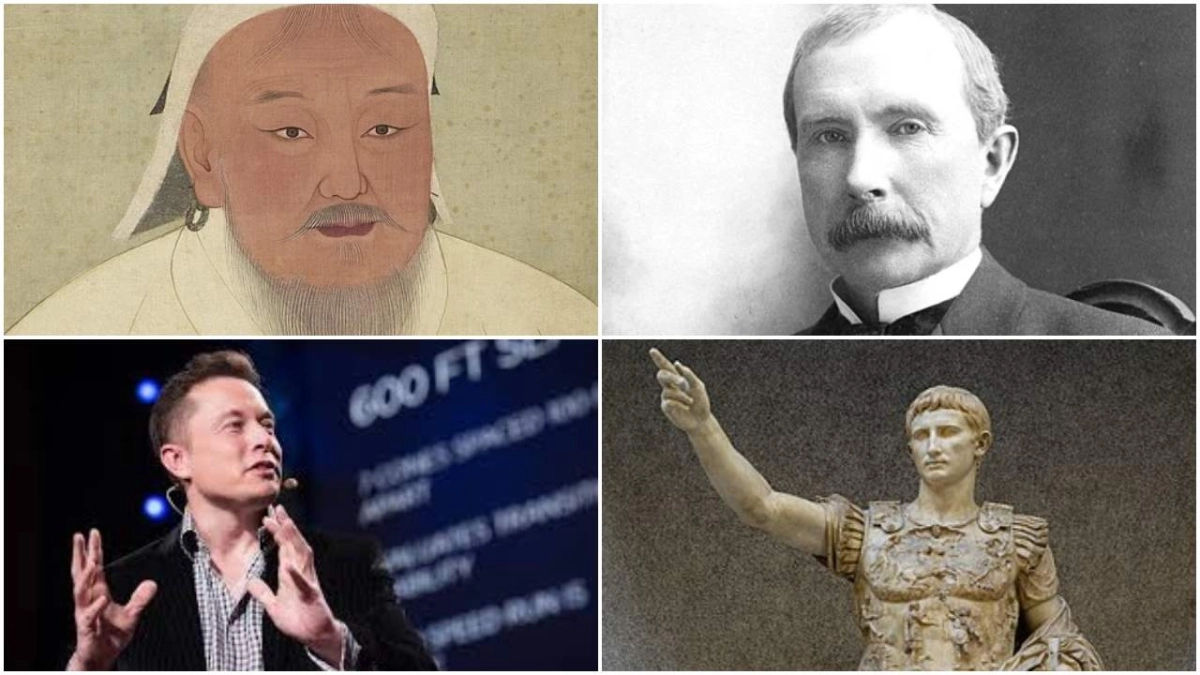Unveiling the Mysteries of the Hittite Civilization: A Journey through Hittite Monuments
The Hittite civilization, one of the great ancient powers of the Near East, has long fascinated historians and archaeologists alike. Spanning a vast territory that includes modern-day Turkey and parts of Syria, the Hittites left behind a rich tapestry of cultural and architectural achievements. Central to our understanding of this enigmatic civilization are the monuments they constructed—imposing structures that stand as silent witnesses to their engineering prowess and artistic sensibilities. The website "Hittite Monuments" emerges as an invaluable digital resource, meticulously cataloging these ancient marvels and offering a comprehensive view into the Hittite world.
A Digital Archive of Hittite Heritage
"Hittite Monuments" is a treasure trove for anyone interested in the ancient Near East. The website provides detailed visual and textual documentation of numerous Hittite and Neo-Hittite monuments. Its extensive database covers a wide array of archaeological sites, each entry offering a window into the architectural and cultural achievements of this ancient civilization.
Visual Documentation
One of the standout features of "Hittite Monuments" is its extensive collection of photographs. Each monument is meticulously documented with high-quality images that capture the intricate details of Hittite artistry. From the grandiose city gates adorned with warrior reliefs to the sacred temples dedicated to their pantheon of gods, the site provides a visual feast for those eager to explore Hittite craftsmanship. These images are not merely supplementary but are central to understanding the stylistic and symbolic elements characteristic of Hittite architecture.
Geographical and Historical Context
The Hittite Empire's vast expanse means that their monuments are scattered across a wide geographical area. "Hittite Monuments" does an excellent job of situating each site within its geographical and historical context. Whether it's the famed city of Alacahöyük with its sphinx gate or the impressive rock reliefs of Yazılıkaya, the website provides detailed descriptions and maps that help visitors locate and understand the significance of each monument. This geographical cataloging is essential for appreciating the widespread influence of the Hittites and the regional variations in their architectural styles.
Educational Resource
For scholars, students, and enthusiasts of ancient history, "Hittite Monuments" serves as a vital educational tool. The site offers in-depth descriptions of each monument, including information on their discovery, archaeological excavations, and interpretations of their historical significance. This makes it an invaluable reference for academic research and a fascinating resource for those with a casual interest in ancient civilizations.
Key Sites and Highlights
Some of the notable sites featured on "Hittite Monuments" include:
Alacahöyük: Known for its impressive city gate adorned with sphinxes, Alacahöyük is one of the most significant Hittite sites. The website provides a detailed look at its architectural features and historical background.
Yazılıkaya: This open-air sanctuary is famous for its rock reliefs depicting the Hittite gods. "Hittite Monuments" offers a comprehensive guide to these carvings, explaining their religious and cultural context.
Hattusa: The capital of the Hittite Empire, Hattusa, is extensively covered, with detailed entries on its numerous temples, gates, and palaces.
Bridging the Gap between Past and Present
One of the key contributions of "Hittite Monuments" is its role in bridging the gap between past and present. By digitizing and disseminating information about these ancient structures, the website ensures that knowledge and appreciation of Hittite culture are not confined to academic circles but are available to a broader audience. This democratization of information allows people from all walks of life to explore and learn about the Hittite civilization, fostering a deeper understanding and appreciation of our shared human heritage.
Interactive and User-Friendly Experience
The website is designed with user engagement in mind. Its interactive features, such as detailed maps and virtual tours, provide an immersive experience that goes beyond mere text and images. Visitors can explore the monuments in a virtual environment, gaining a sense of their scale and grandeur. This interactive approach not only enhances the learning experience but also makes the exploration of ancient sites more accessible to those who may never have the opportunity to visit them in person.
Contributions to Academic Research
For researchers and academics, "Hittite Monuments" offers a wealth of data that can support various fields of study, from archaeology and history to art history and cultural studies. The detailed descriptions and high-resolution images allow for close examination of the monuments, enabling scholars to conduct detailed analyses and comparisons. Furthermore, the website's comprehensive bibliography and references provide valuable starting points for further research, fostering academic collaboration and knowledge sharing.
Preservation and Conservation Efforts
In addition to its educational and research contributions, "Hittite Monuments" plays a crucial role in the preservation and conservation of Hittite heritage. By documenting and sharing images and information about these monuments, the website helps raise awareness of their cultural and historical significance. This awareness is essential for advocating for the preservation and protection of these sites, many of which are vulnerable to natural and human threats.
Expanding Horizons
Looking to the future, "Hittite Monuments" has the potential to expand its scope even further. By incorporating new technologies such as augmented reality (AR) and 3D reconstructions, the website could offer even more immersive and engaging experiences. Additionally, collaborations with museums, universities, and cultural institutions could lead to the development of educational programs and exhibitions, bringing Hittite culture to an even wider audience.
Conclusion
"Hittite Monuments" is more than just a website; it is a comprehensive digital archive that captures the essence of the Hittite civilization. Through its meticulous documentation and presentation of Hittite and Neo-Hittite monuments, the site serves as an invaluable resource for education, research, and preservation. It brings to life the architectural and cultural achievements of the Hittites, offering a window into a civilization that has shaped the history of the Near East.
As we continue to uncover and explore the depths of our ancient past, resources like "Hittite Monuments" remind us of the enduring legacy of human creativity and ingenuity. By preserving and sharing this legacy, we ensure that future generations can continue to learn from and be inspired by the achievements of those who came before us. In this way, "Hittite Monuments" not only honors the Hittite civilization but also contributes to the ongoing story of human history.







